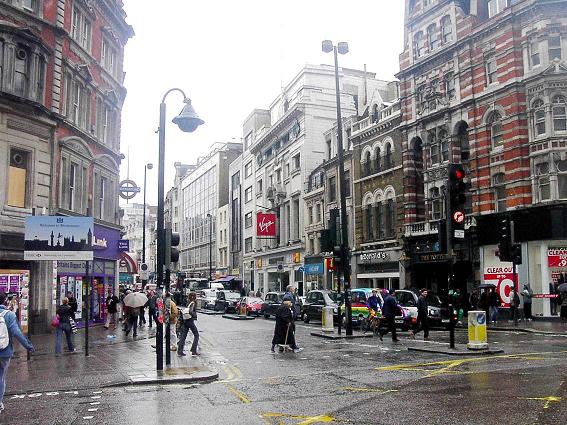They're unloading(卸下,安置) brand new bicycles all over the British capital. And mayor Boris Johnson hopes Londoners will use them ____1____ (有规律地,整齐地).
"I think you should all have a go on these bikes."
The $150 million system is the second largest of its kind in the world. Riders use an ____2____ (电子的) key to unlock a bike from one of more than 300 stations. They cycle to their ____3____ (目的地) and return the bike to another station. Johnson says he has learned from mistakes made in Paris, where many of the bikes were stolen or thrown into the river. He is confident this will work here.
"This is a fantastic experiment in a new type of public transport in London."
The bikes are heavy and robust(健全的) to ____4____ (降低,最小化) damage and vandalism(恣意破坏公物).
The mayor hopes to make London one of the greatest cycling cities in the world, even so, riding a bike through the capital has its ____5____ (挑战).
One of the biggest is traffic. In some areas there are marked bike lanes(自行车道); in others there are not. And there is a long history of animosity(敌意) between drivers and cyclists here.
Bright blue cycle superhighways are one solution, to clearly mark road areas designated(指定的) for cyclists. So far there are only two 12-kilometer-long routes(线路). Another 10 routes are expected to open by 2015.
London's overcrowded bus and underground system might also ____6____ (受益) from the bikes.
"If we can reduce some of the ____7____ (容量) on the tube network in the center of London and some of the buses, then that's a good thing."
Scott Taggart already rides his bike to work. He hopes the new plan will mean fewer cars on the road. "The more people we can get on the roads with bikes the better."
There will be 6,000 bikes ____8____ (可使用的), and the mayor hopes once it gets rolling(开始), this system will result in 40,000 bike trips a day.
2. electronic
3. destination
4. minimize
5. challenges
6. benefit
7. capacity
8. available


